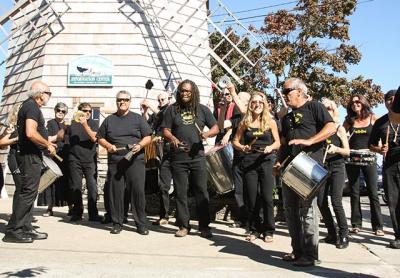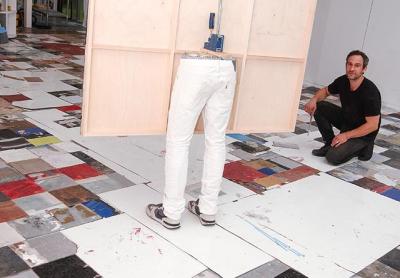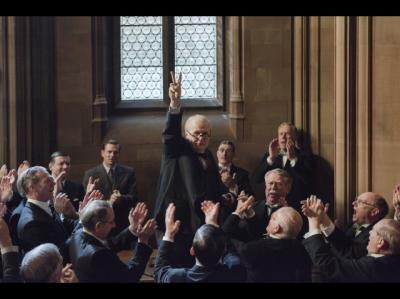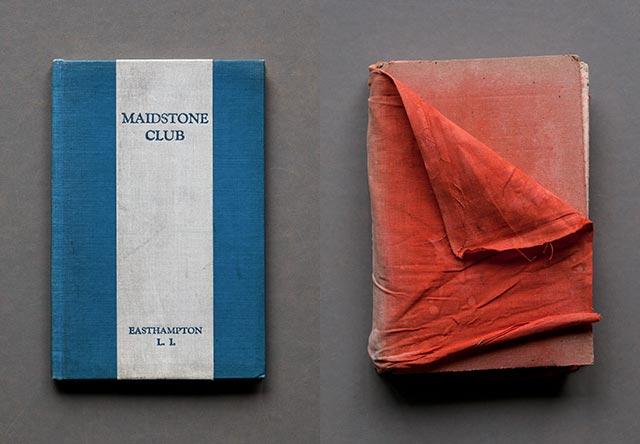American Roots Music the Village Over
American Roots Music the Village Over

Music will fill the air starting tonight and going though Sunday as the Sag Harbor American Music Festival celebrates seven years of presenting established and up-and-coming artists to residents and visitors to the village.
More than 30 free performances will take place on Saturday and Sunday at sites including Windmill Beach, Marine Park, Harbor Books, GeekHampton, the Breakwater Yacht Club, the Whaling Museum, the American Hotel, and the Sotheby’s International Realty stage in the alley adjacent to the hotel.
The festival starts tonight at 7 at Bay Street Theater with a screening of “Legends of American Music,” a compilation of performances assembled by Joe Lauro of Historic Films Archive of Greenport. Mr. Lauro’s “legends” films showcase past masters of American Music, he said on Friday, this year including “great clips of everyone from Frank Zappa to Otis Redding to Louis Armstrong, great American performers in various genres,” such as those involved in the festival.
This year, the festival will offer a compilation CD of performances at past festivals and recordings given by participating artists. A release party for the CD will follow the screening of “Legends of American Music” in the theater’s lobby, with a performance by Inda Eaton. Tickets are $20 at the door, $15 in advance at sagharbormusic.org.
Tomorrow night at 8, Jon Cleary, a New Orleans pianist who won a Grammy Award last year in the Best Regional Roots Album category, will perform at the Old Whalers Church. Tickets are $30.
Another concert at Old Whalers happens on Saturday at 7 p.m., featuring the Nancy Atlas Project and Hopefully Forgiven, both based on the South Fork. Tickets are $30. All other performances are free and will take place rain or shine. The complete schedule is at sagharbormusic.org.
“This is a great festival,” said Michael Weiskopf, who will perform with his band on Saturday at 11:30 a.m. on the Sotheby’s stage, “because it always brings out a big, enthusiastic crowd. There are so many locally based East End bands and solo acts, but also established musicians that come out to play because it has become such a popular event.”
Mr. Weiskopf fronts the Complete Unknowns, a band that performs the music of Bob Dylan and has played at the festival in past years. This year, however, the artist, who has released three albums of original songs, will perform his own music.
“The festival is wonderful,” agreed Mr. Lauro, who will perform with his group, the HooDoo Loungers, on Saturday at 5:30 p.m. in Marine Park. “It’s a totally grassroots, wonderful event that takes over the entire village.”






